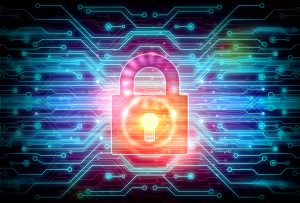Social Media Can Be Hazardous to Your Cybersecurity Health Part 2: Solutions
Public Service Announcement: Social media use increases your cybersecurity exposure. Share appropriately.
If that were all it took.
In my earlier post, I described how casual use of social media (that is, failure to take into account its impact on privacy and security) can put your company’s information security profile at risk, and open your executives and employees to social engineering cyber scams. Additionally, social media accounts often contain sensitive personal data that can be accumulated, hacked, sold and resold. The most popular social media sites compound this problem when they release – unintentionally or not – personal information. Facebook is a regular offender; just this month it confirmed that it “unintentionally uploaded” the email contacts of 1.5 million people without their consent. Business Insider reported that a security researcher noticed Facebook was asking some new users to provide their email passwords when they signed up — a move widely condemned by security experts.
While it’s unrealistic to enforce a policy banning the use of social media, companies can and should educate executives and employees on appropriate use as part of regular cybersecurity training. Social media “hygiene” should become as ubiquitous as the signs imploring that “employees must wash hands” in restrooms.
Look at Your Settings—Often
When apps or devices are updated, it’s common that privacy restrictions get reset to the baseline, which is often the most liberal sharing of data. As a result, even if you set your privacy preferences at an acceptable level recently, updating your operating system or applications – generally a good idea – may result in reestablishing the basic settings. Continue reading
 Cybersecurity Lawyer Forum
Cybersecurity Lawyer Forum





